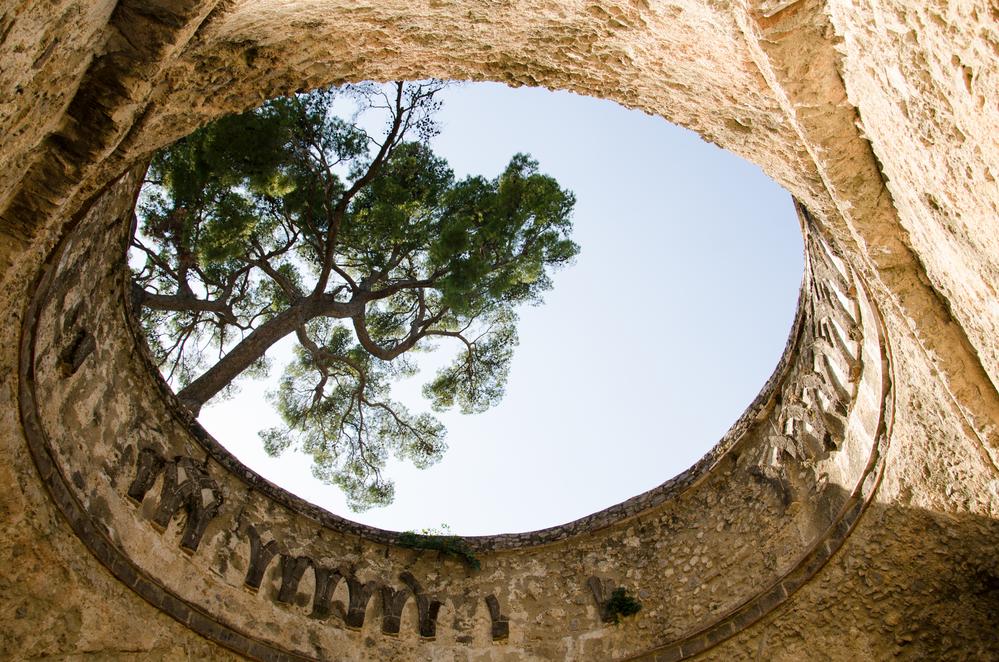Visit Ravello. Private, independent tourism initiative, not related to any civic institution.

Get the lowest rate for your Hotel in Ravello through Booking.com. Book now, pay later!
Amalfi Coast Ferry Schedule search. Find all the ferry routes, times and tickets!
SITA BUS Schedule guide. Find all the SITA BUS routes, times and tickets!
Legends and Lore
As befits a place with such beauty and history, Ravello has its fair share of legends and lore.
Some of the legends have to do with St. Pantaleone, the patron saint of healing for whom the Duomo was dedicated. Local children are told that St. Pantaleone’s ghost resides along the coast in the form of a giant that still looks after them today.

The churches in Ravello are filled with references to the story of Jonah and the Whale; the Ambo in the Duomo, for example, is decorated with two mosaics portraying Jonah being first swallowed by the whale and then being spat out.
Another popular legend holds that when the devil wanted to tempt Christ with the wonders of the world, he took him to Ravello.

The most prominent legend of all, however, involves buried treasure. When Boccaccio wrote about Ravello in the 14th century he told the tale of a wealthy merchant, Landolfo Rufolo, who becomes a pirate and who, after surviving a shipwreck, returns to Ravello with a treasure chest.
Over the subsequent centuries, a legend grew about buried treasure in the Villa Rufolo. Presumably, most people did not take the legend seriously, but in the mid-19th century some of the local residents sought to find the treasure by holding séances. At one of the séances a spirit reportedly told them that he would reveal to them the secret location, if they would first sacrifice a young child.
Acting upon that suggestion, one of the local residents ritually sacrificed a two-year old child. After the boy’s body was discovered in the walls of the Villa Rufolo, the culprit subsequently confessed and was convicted of murder.

The grottos, or caves, that dot the hills around Ravello have also spawned legends. For centuries, the caves have been very popular with foreign visitors.
Some say that the grottos of Ravello inspired Hendrik Ibsen, the great Norwegian playwright, to write Peer Gynt, and for Edvard Grieg, the Norwegian composer, to compose the music for it.

Ravello’s neighbor across the valley, the town of Scala, is also rich with lore. One of its patricians, Gerard, participated in the second Crusade in 1097, founded the Order of St. John of Jerusalem with the blessing of Pope Paschal II, and set up a Benedictine hospital in Jerusalem to care for the wounded. Gerard and his recruits subsequently founded the legendary Order of the Knights Templar.
The rest is history.

Author: Robert Walker
Robert Walker, a lawyer, economist, and consultant who has worked in Washington, D.C. for over 30 years, is the author of Discovering Ravello, a short booklet on the history and attractions of Ravello. He and his wife, Chris Apel, first visited Ravello nearly 25 years ago, and have been frequent visitors ever since. His wife is an award winning artist who recently created a website (www.discoveringravello.com) to showcase her paintings of Ravello. He and his wife both lecture on Ravello. They live in Alexandria, Virginia.
Attractions in Ravello
...not to be missed!